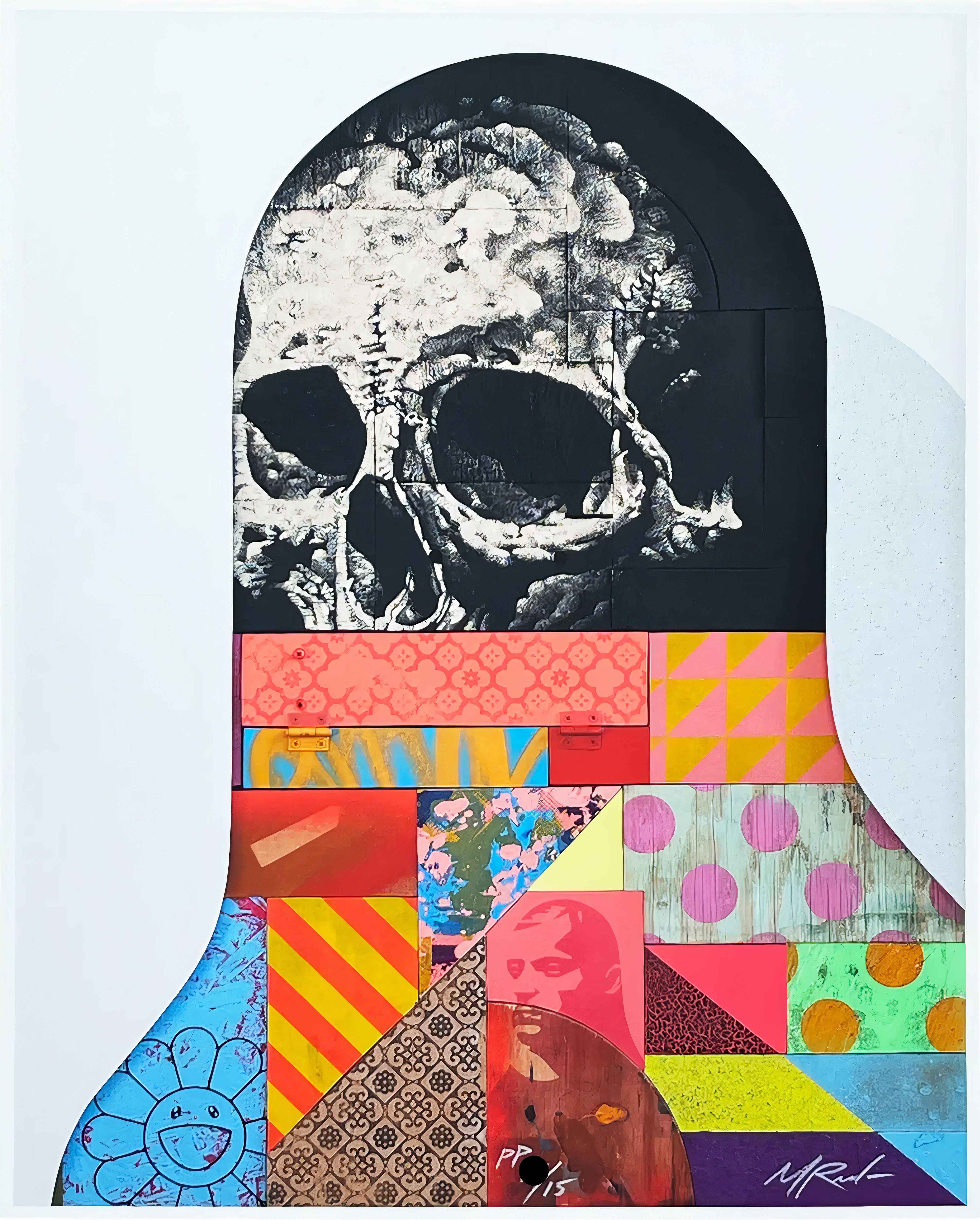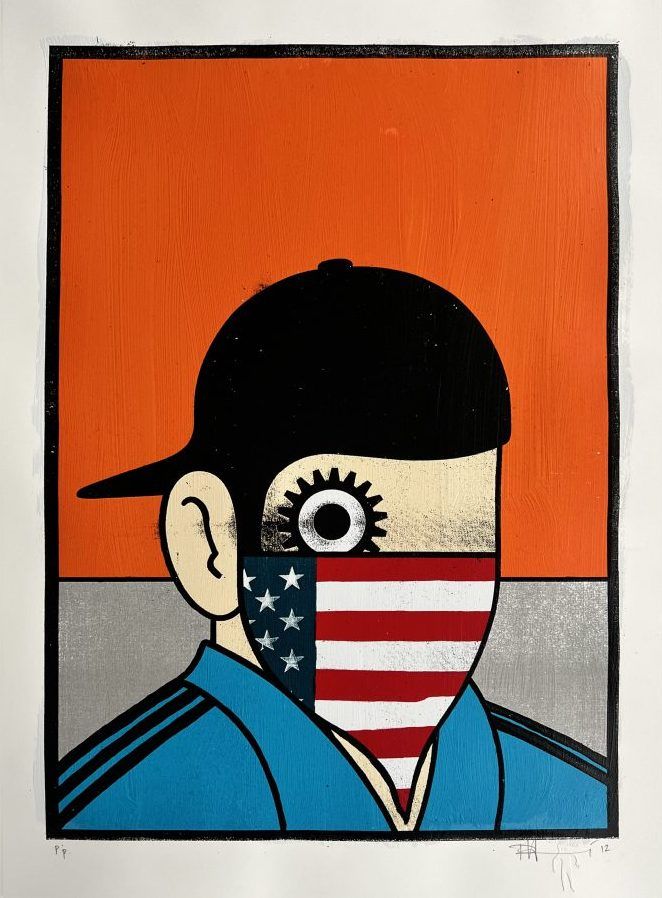
What is a Printer's Proof?

The Ultimate Guide to Printer’s Proofs
When a gallery or print studio prepares for a print release, they can also provide an opportunity for collectors to acquire a printer's proof (PP) or an artist's proof (AP). However, this term may cause some confusion for those not accustomed to purchasing prints. Are they more valuable? Do they come at a higher cost?
In our Guide to Printer's Proofs, we delve into the significance of printer's proofs, shedding light on how they differ from the main edition and where their value lies.
What are printer’s proofs?
A printer's proof, often referred to as a 'proof,' is a test print made by the printer before the final production of an edition. The purpose of creating printer's proofs is to evaluate the print quality, make adjustments if necessary, and ensure that the final edition meets the artist's expectations. Throughout the printer's proofing process, clear communication and collaboration between the artist and printer are essential to achieve the desired artistic vision and ensure the highest quality in the final edition.
Trial Prints: Printer's proofs are test prints made during the printmaking process to check for any issues and ensure that the final edition will meet quality standards.
Collaboration: The artist often works closely with the printer during this stage to communicate preferences and make adjustments.
Print Evaluation: The proofs are examined for any technical issues, such as misregistration, uneven inking, or defects in the matrix (woodblock, metal plate, etc.) For colour prints, the colours are checked to ensure they match the artist's intentions and that the registration of multiple colours is precise.
Collaboration with the Printer: Regular communication between the artist and printer is crucial. Thorough discussion during this stage and feedback on the proofs allows for any adjustments to be made. The artist may need to approve each proof before moving forward with the full edition. If adjustments are needed, the artist and printer collaborate to make changes to the matrix or the printing process.
 Michael Reeder.jpg
Michael Reeder.jpgFinal Proof: Once the artist and printer are satisfied with the proofs, a final proof is approved for the full edition.
Record Keeping: Both the artist and the printer keep detailed records of the proofs and any adjustments made during the process.
Documentation of Edition: Once the edition is complete, information about the edition, including proofs, is documented for future reference.
Where can I purchase a printer’s proof?
Contacting Printers: Reach out to the printing studio or company responsible for producing the art prints. They may have artist’s proofs available for sale or be able to direct you to authorised channels.
Online Platforms: Explore online art platforms that focus on print sales. Some platforms may list printer’s proofs for sale, providing an opportunity for collectors to acquire them.
Secondary Market: Collectors may also find printer's proofs in the secondary market through auctions, galleries, or online platforms that specialise in art sales.
 Paul Insect, Clockwork America - Printer's Proof (2012)
Paul Insect, Clockwork America - Printer's Proof (2012)Are printer’s proofs any different from the main edition?
Printer's proofs are typically created for quality control purposes and are used to ensure that the final print meets the desired standards. They may not differ significantly from the main edition in terms of content but may serve as samples for the printing process.
Are printer’s proofs more expensive than main editions?
Printer's proofs may vary in price depending on factors such as rarity, demand, and the artist's reputation. Some collectors appreciate the unique nature of printer's proofs, while others may place more value on the main edition.
In conclusion, printer's’s proofs are a special aspect of the printmaking process that holds value for both artists and collectors. They provide a unique opportunity for artists to refine their vision and for collectors to own a rare piece of the artistic process.
